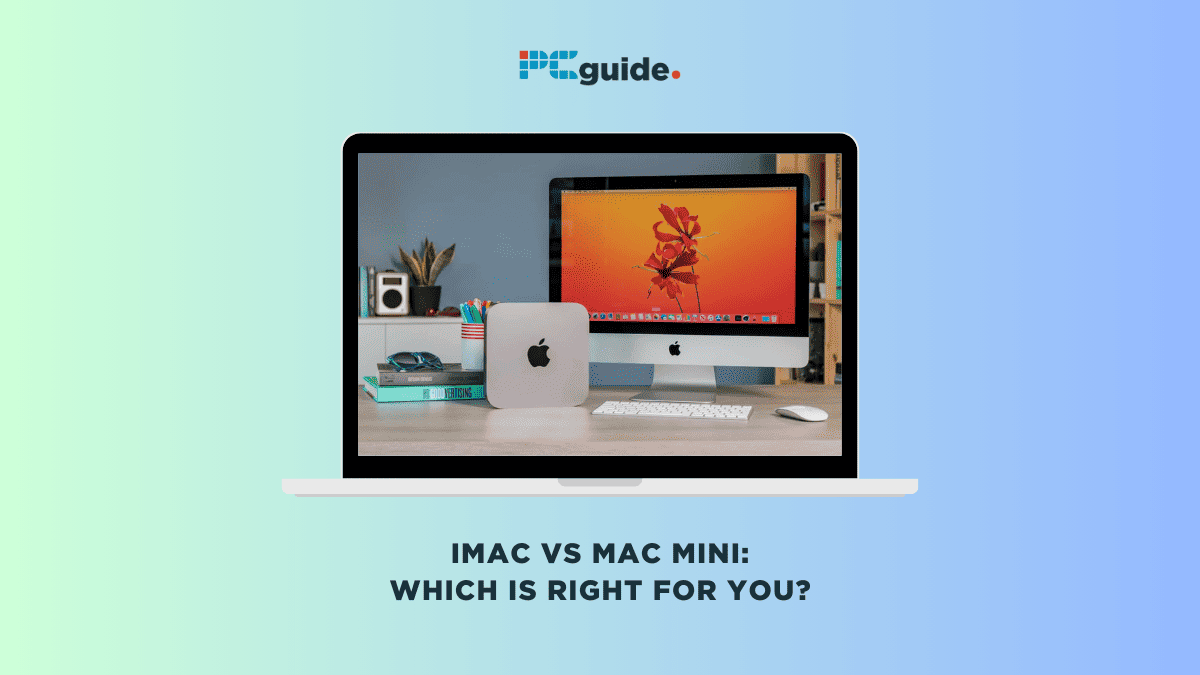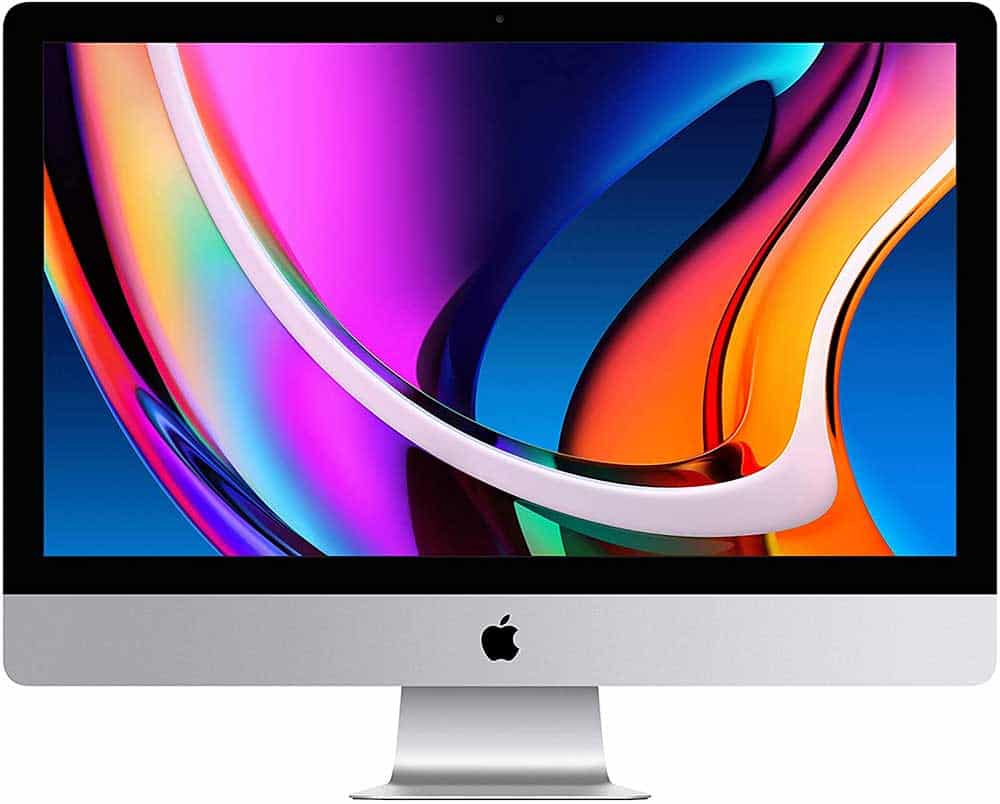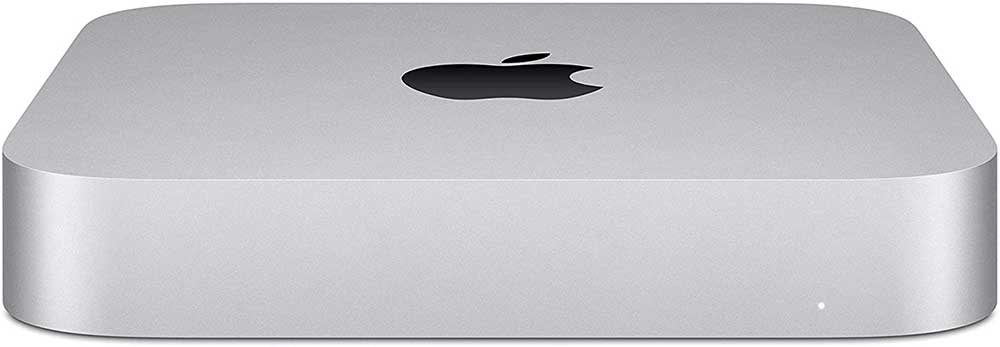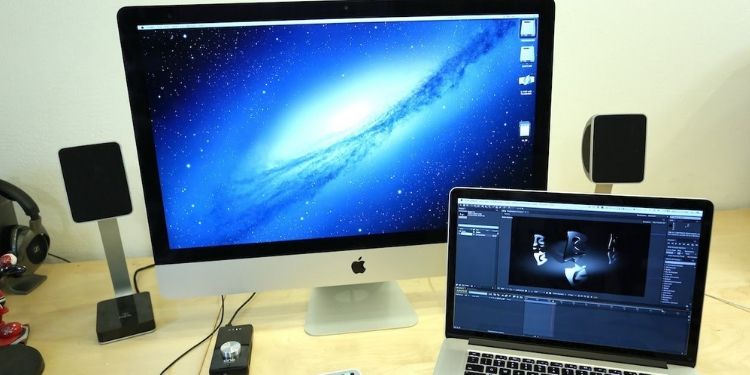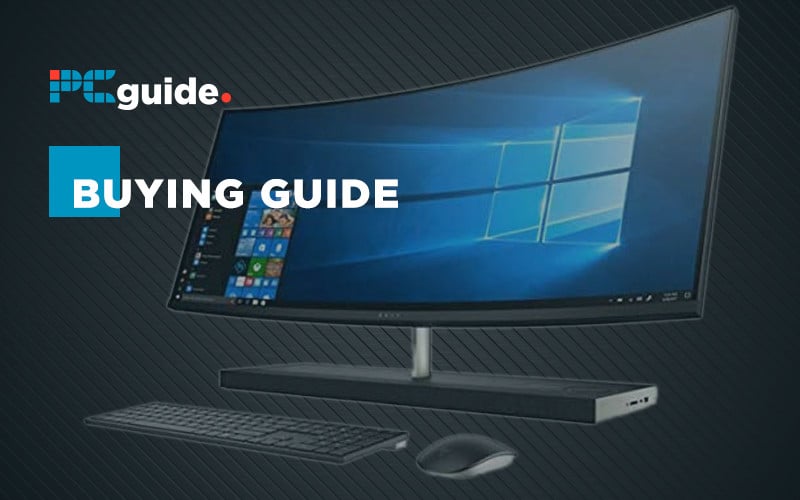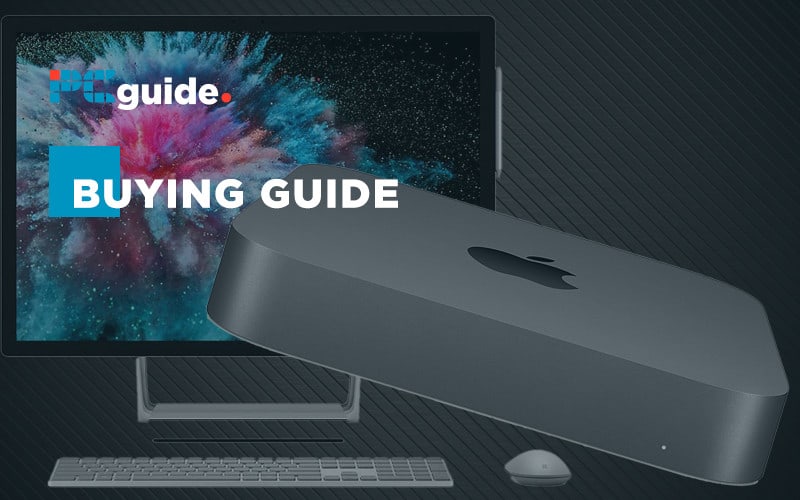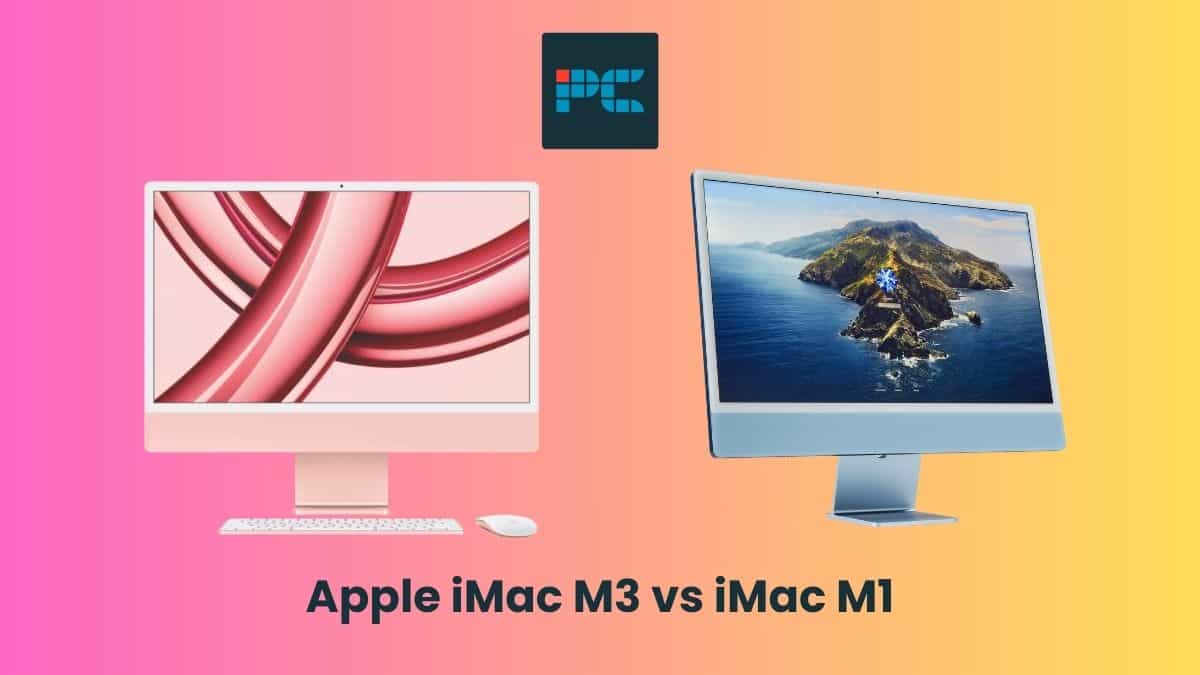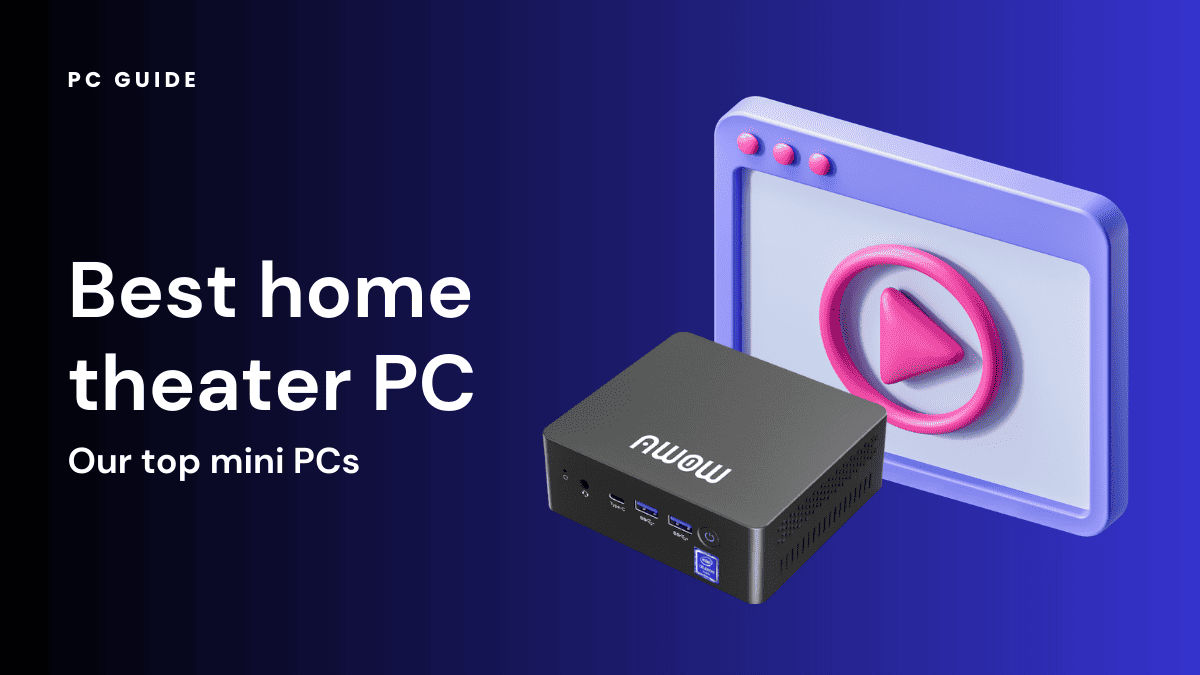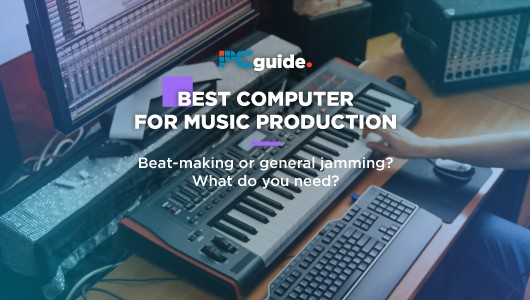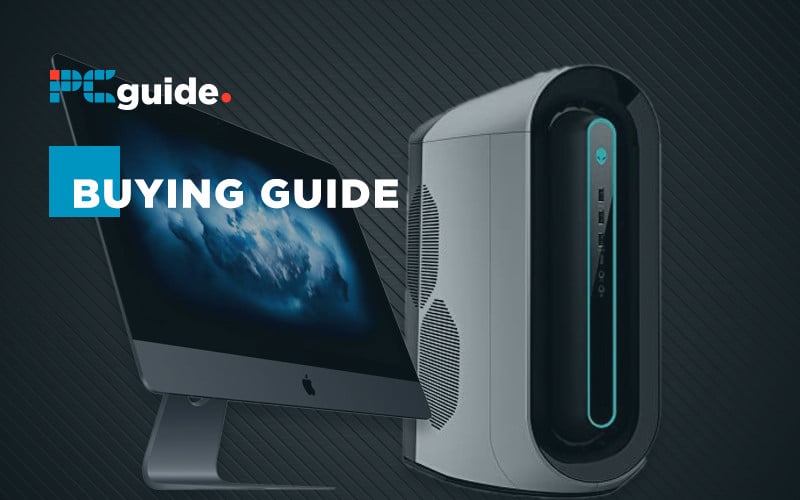The conundrum of iMac vs. Mac Mini is one that beckons deliberation. Whether you’re a seasoned professional in pursuit of a robust workstation to navigate the demands of video editing, or a casual user on the lookout for an economical yet potent desktop solution.
Navigating the domain of Apple desktops unveils a spectrum of options, each tailored with distinct features and capabilities that cater to a myriad of user preferences. Among the popular contenders in this realm are the iMac and Mac Mini, each bearing its set of merits that appeal to different user archetypes.
In this discourse, we’ll embark on a comparative exploration of the iMac and Mac Mini, delving into the facets of specs, features, and price that delineate these Apple desktops. Our objective is to furnish you with a comprehensive understanding of the iMac and Mac Mini, equipping you with the insight necessary to discern which of these stellar machines aligns seamlessly with your computing needs.
iMac vs. Mac Mini Specs
The iMac, revered for its sleek all-in-one design and stellar display, is a magnet for professionals whose endeavors demand a crisp visual canvas and a touch of aesthetic finesse. On the flip side, the Mac Mini, with its compact footprint and formidable 8-core CPU, emerges as a versatile companion for those seeking a blend of performance and portability.
As we traverse the iMac vs. Mac Mini landscape, we’ll unveil the attributes of Touch ID, delve into the realm of video editing, and shed light on other nuanced features that contribute to the allure of these machines. By the journey’s end, you’ll be poised with the clarity needed to make an informed decision, aligning your choice with the desktop that resonates with your digital aspirations and lifestyle.
| Specifications | iMac | Mac Mini |
|---|---|---|
| Processor | M1 | M2 |
| CPU Cores | 8 | 8/12 |
| GPU Cores | 7 | 10/19 |
| RAM | 8GB | 8GB |
| Storage | 256GB | 256GB |
| Display | 4.5K | N/A |
| Ports | 2 USB 4 (Thunderbolt), 2 USB-A, Gigabit Ethernet (with optional adapter) | 2 Thunderbolt 4, 2 USB-A, HDMI 2.0, Gigabit Ethernet (upgradable to 10 Gigabit Ethernet) |
iMac vs. Mac Mini: Features
Let’s explore the features of the iMac and Mac Mini.
Audio and interaction
Engaging with your device is a nuanced experience on the iMac, with the Magic Trackpad and spatial audio enhancing the interaction dynamics. These features, coupled with its all-encompassing display, render the iMac a holistic device that’s not just about performance but an immersive user experience.
Design and aesthetics
The iMac is a testament to Apple’s design ingenuity, offering a sleek all-in-one design that’s not just visually appealing, but also conducive for a clutter-free desk setup. The 24-inch iMac, in particular, is a blend of elegance and functionality, with its stunning Retina Display being the centerpiece of its design narrative.
Graphic prowess
The graphic capabilities are another dimension where these devices exhibit their strengths. The iMac with its 7-core or 8-core GPU options delivers smooth graphics performance, making it a viable choice for moderate graphics-intensive tasks.
On the other hand, if your endeavors demand more robust graphics performance, exploring other Mac desktops like the Mac Pro or even the MacBook Pro might be a prudent move.
Internal hardware and performance
When it comes to internal hardware and performance, both the iMac and Mac Mini have their strengths. The Mac Mini was refreshed in 2023 with the M2 chip, while the iMac still packs the older M1 chip.
While the M2 chip offers better performance, the M1 chip is still capable of handling everyday tasks with ease. Both models feature an 8-core processor, 8GB of RAM, and 256GB of storage in their standard configurations.
However, the Mac Mini with the M2 chip boasts three additional GPU cores, enhancing it suited for graphically intensive tasks.
Performance dynamics
When performance takes center stage, the Mac Mini, armed with the formidable M2 chip or M2 Pro chip, emerges as a robust contender. Its compact stature belies the power packed within, rendering it a versatile desktop solution for those seeking a blend of performance and flexibility. Whether you’re delving into intensive tasks or managing multiple applications, the Mac Mini is engineered to deliver.
On the flip side, the iMac, albeit not as potent as the Mac Mini in terms of raw processing power, holds its ground with a reputable performance spectrum. It’s especially enticing for those whose digital pursuits are anchored around visuals, thanks to its high-resolution retina display, which is a boon for graphic designers and video editors.
Size and portability
In terms of size and portability, the Mac Mini is the clear winner. It is the smallest Mac available, resembling a larger version of the Apple TV. Despite its compact size, the Mac Mini houses a complete computer setup.
On the other hand, the iMac has a sleek and thin design, resembling a monitor with all the hardware integrated into the bottom chin. While the iMac is not as portable as the Mac Mini, weighing just under 10 pounds, it can still be moved around if needed. The Mac Mini, on the other hand, can easily fit into a bag and be used anywhere as long as it’s connected to a TV. If portability is a priority for you, the Mac Mini is the better choice.
Port selection and connectivity
When it comes to port selection and connectivity, the Mac Mini offers more options compared to the iMac. The base M1 iMac comes with two USB 4 ports with Thunderbolt, and to get Gigabit Ethernet, you need to purchase the optional power adapter with an integrated Ethernet port.
In contrast, the Mac Mini features two Thunderbolt 4 ports, two USB-A ports, an HDMI 2.0 port, and Gigabit Ethernet, with the option to upgrade to 10 Gigabit Ethernet. This means that the Mac Mini provides more flexibility and eliminates the need for dongles to connect peripherals and accessories.
Storage and connectivity
In the storage domain, both devices come with SSD options that ensure swift data access and reliable storage. However, the choice between an iMac and Mac Mini may boil down to the connectivity suite they offer. The Mac Mini is a hub of connectivity with a range of ports that cater to varied peripheral needs, making it a more flexible option compared to the iMac.
Wi-Fi and other features
Both the iMac and Mac Mini are equipped with Wi-Fi capabilities, ensuring you stay connected seamlessly. However, if your pursuits demand a higher echelon of performance and a modular setup, the Mac Studio is another avenue worth exploring.
iMac vs. Mac Mini: Price
Pricing is an important factor to consider when comparing the iMac and Mac Mini. The Mac Mini is the more affordable option, starting at just $599. However, it’s significant to note that this price does not include a keyboard, mouse, or monitor. When you factor in the cost of these accessories, the total price of the Mac Mini can easily surpass $1,000.
In comparison, the base model M1 iMac is priced at $1,299 and includes an all-in-one desktop with a high-resolution display, Magic Keyboard, and Magic Mouse. However, the base iMac model has some limitations, which may lead you to consider the Mac Mini.
Is the iMac better than the Mac Mini?
The quest for the ideal Mac desktop hinges on a medley of factors encompassing performance, design aesthetics, and the specific demands of your digital endeavors. Both the iMac and Mac Mini are sterling contenders in the realm of Mac desktops, each with its unique set of attributes tailored to meet diverse user needs.
In summation, the choice between an iMac and Mac Mini boils down to your personal and professional computing requisites. If a compact, high-performance desktop solution resonates with your needs, the Mac Mini is a sterling choice.
Conversely, if aesthetics, an all-in-one design, and a superior visual experience are your calling cards, the iMac is the route to tread. Each device is a hallmark of Apple’s technological prowess, poised to cater to a spectrum of user needs and computing endeavors.

